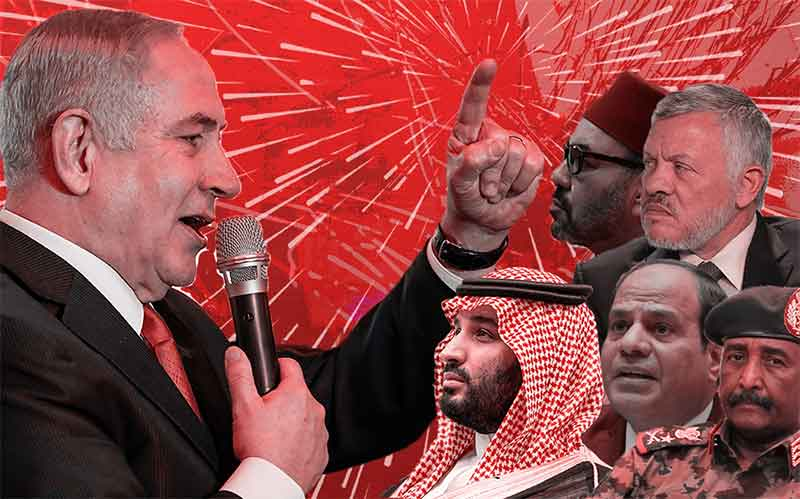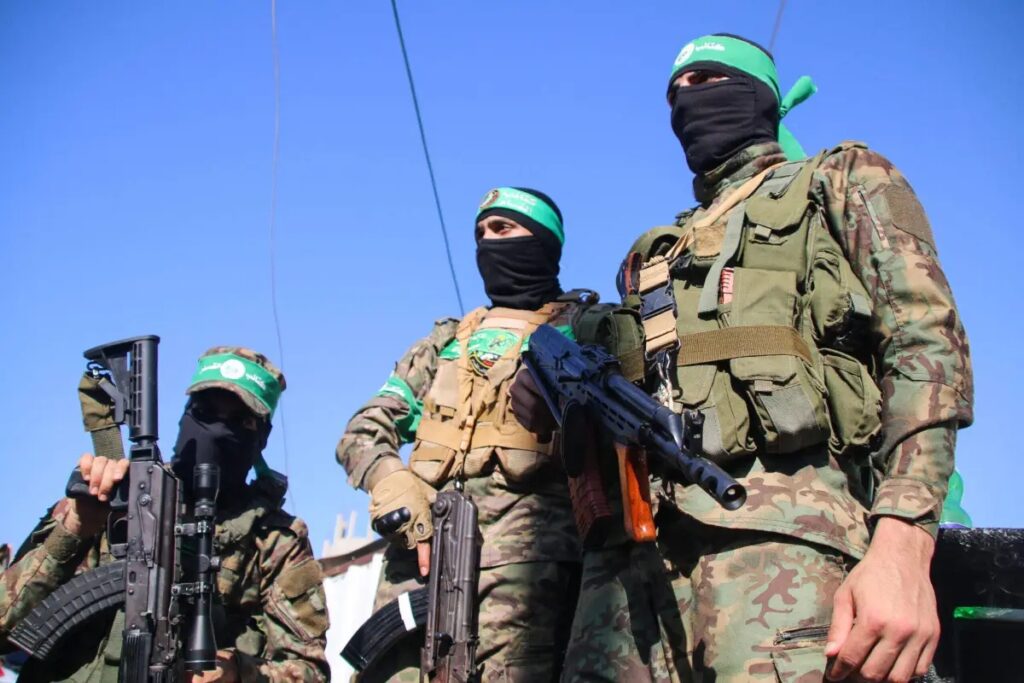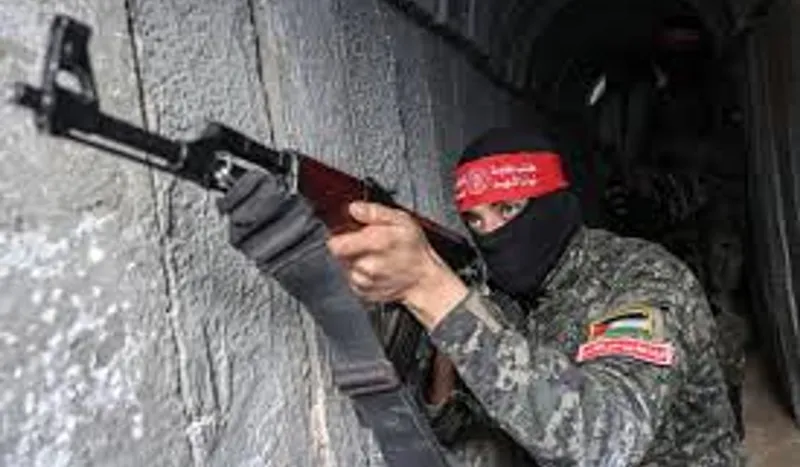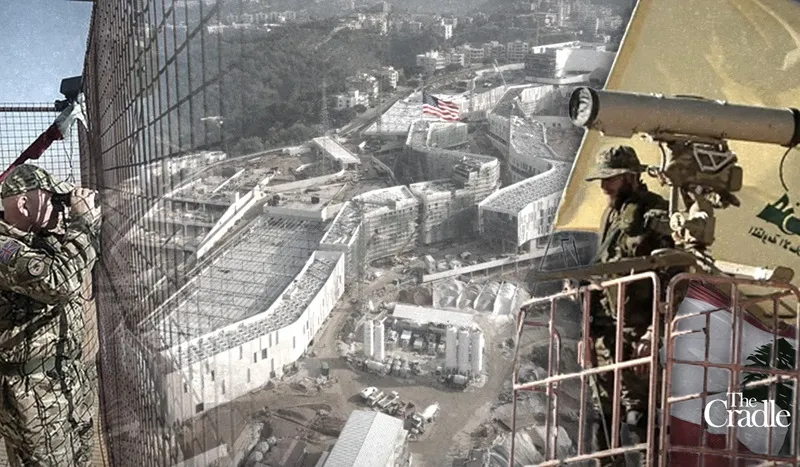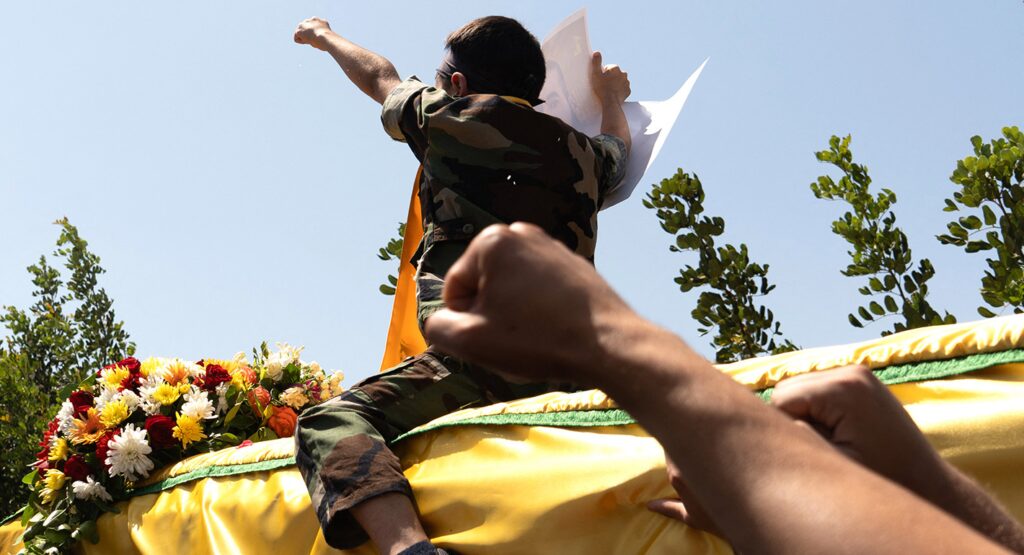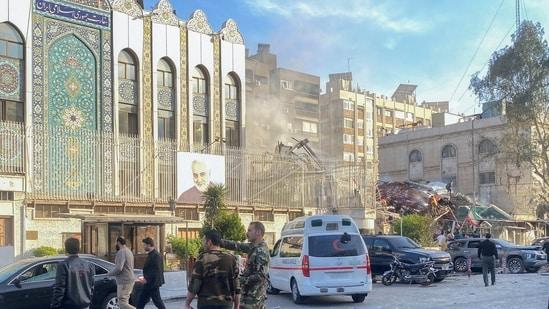Several SNA formations Merge under Renaissance and Liberation Movement
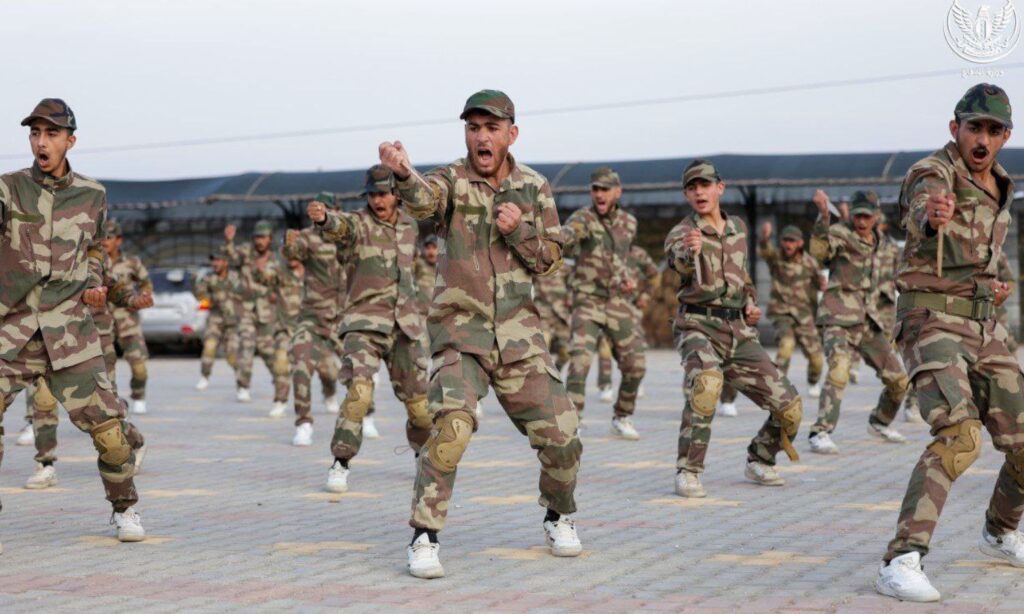
The announcement of this merger follows reports of a military consolidation under the name of the Syrian Liberation Army.
The Ministry of Defense of the Syrian Interim Government announced on Tuesday, June 25, the merger of several of its formations within the National Army under the new name of the Renaissance and Liberation Movement.

